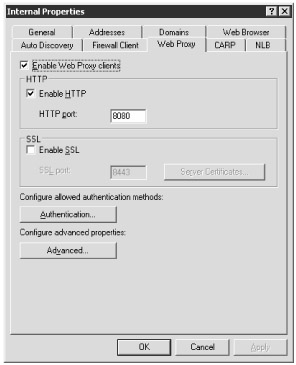
Html pages on your server, then your server went and turned them into useful documents on your users’ browsers.Web Client Favorites Tools Help. TeamViewer connects computers, smartphones, servers, IoT devices, robots anything with fast, high performance connections through our global access network even in outer space or low bandwidth environments.Since the dawn of time, the conventional method for getting your HTML up onto a screen was by using server-side rendering. The TeamViewer remote connectivity cloud platform enables secure remote access to any device, across platforms, from anywhere, anytime.
Web Client Pro Mac And Windows
Data interface (TCP/IP port conversion) between the Runtime server and the WEB client. Want to see demo videos of our latest DVR software for iDVR-PRO iDVR-PRO includes remote viewing software for Mac and Windows. DVR Viewer Software Videos. Learn more about iDVR-PRO and the software applications that are included here or download below. In our testing, the iDVR-PRO has some of the best client software applications available. Jump to Management Console File Sharing.

The request usually only takes a few milliseconds, but that ultimately depends on a multitude of factors: It works by converting HTML files in the server into usable information for the browser.Whenever you visit a website, your browser makes a request to the server that contains the contents of the website. How server-side rendering worksServer-side rendering is the most common method for displaying information onto the screen. You need to understand the pros and cons, then decide for yourself which route is best for you. Applications as well as web apps utilizing Java or Silverlight.So it makes sense that server-side rendering is slowly beginning to take a backseat to the ever-growing method of rendering webpages on the client side.So which method is the better option? As with most things in development, it really depends on what you’re planning on doing with your website.
This is some more content from the other.htmlThe only difference between the previous page and this one is that this page does not have a link and instead has another paragraph. In this case, what you would visually see would be the title, the paragraph content and the link.Now, assume that you wanted to click on the link from the rendered page which contains the following code. If you were to type the address of the example website into the URL of your imaginary browser, your imaginary browser would make a request to the server being used by that URL and expect a response of some text to render onto the browser. This will occur each and every time you visit a page that your browser does not have a cached version of.It doesn’t matter if the new page only has a few items that are different than the current page, the browser will ask for the entire new page and will re-render everything from the ground up.Take for example this HTML document that has been placed in an imaginary server with an HTTP address of example.testsite.com. If you then decide to visit a different page on the website, your browser will once again make another request for the new information. and how optimized the website is, to name a fewOnce the request is done processing, your browser gets back the fully rendered HTML and displays it on the screen.
If you have ever visited a WordPress site, you have seen how slow they can be. Now imagine browsing a webpage and having to wait for each and every page to render when navigating the site. Modern websites have hundreds of lines of code and are much more complex. What would actually happen would be that the entire new page would be rendered, and not just the new content.While it might not seem like a big deal for these two examples, most websites are not this simple. Alas, that isn’t how server-side rendering works.

There is nothing to load since the actual content needs to be rendered using JavaScript.To fix that, you would place the following lines of code into the app.js file. Everything else is handled by a client-side JavaScript library, in this case, Vue.js, and custom JavaScript code.If you were to make a request to the URL with only the code above, you would get a blank screen. One that will load the Vue.js JavaScript library and one that will load a file called app.js.This is radically different than using server-side rendering because the server is now only responsible for loading the bare minus of the website. You also have two script elements right above the closing body tag. You can see right away that there are some major changes to the way the index.hmtl works when rendering using the client.For starters, instead of having the content inside the HTML file, you have a container div with an id of root.


 0 kommentar(er)
0 kommentar(er)
